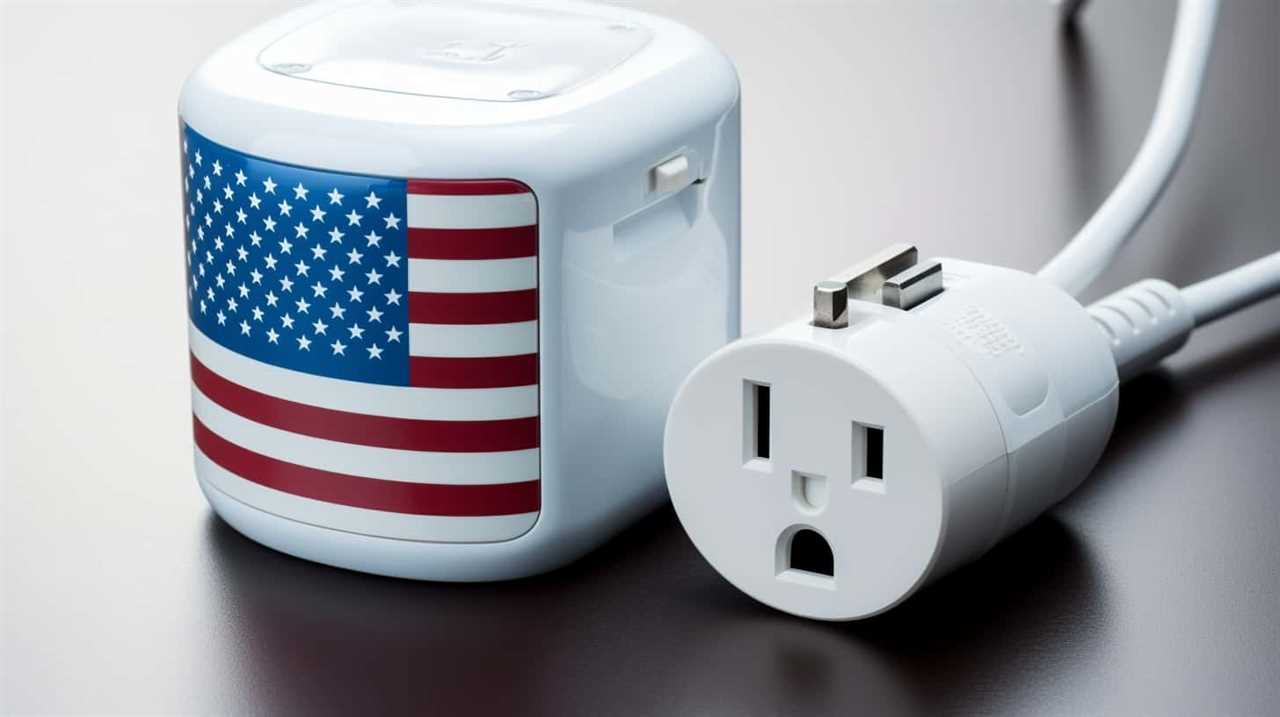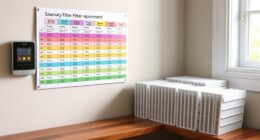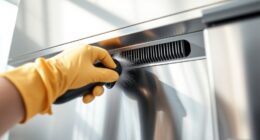When deciding to buy appliances for either business or personal use, it is important to determine if they should be categorized as a capital expense. This differentiation is crucial for accounting purposes and can greatly affect financial statements and tax responsibilities.
In this comprehensive guide, we will explore the definition and characteristics of capital expenses, delve into examples and the depreciation of such expenses, and discuss the accounting treatment of appliances.
Furthermore, we will compare capital and operating expenses, evaluate the return on investment for appliance purchases, and explore financing options.
By the end, readers will have a clear understanding of whether appliances should be considered a capital expense and the decision-making process surrounding this classification.

Key Takeaways
- Appliances purchased for business use are considered capital expenses and are depreciated over their useful life.
- Proper accounting treatment of appliances ensures accurate financial reporting and transparency to stakeholders.
- Capital expenses, including appliances, can result in tax deductions and reduced taxable income.
- Energy-efficient appliances not only lead to significant savings on utility bills but also contribute to a more sustainable future and can increase the value of a home.
Definition of Capital Expense
The definition of a capital expense is an expenditure that is incurred by a business or individual for the purchase of assets that are expected to have a useful life beyond one year and are not intended for resale. Capital expenses are typically recorded as assets on the balance sheet and depreciated over their useful life.
This classification is important for accounting purposes as it determines how the expense is treated and reported. It also affects tax deductions, as capital expenses may be eligible for depreciation deductions over time. Different accounting methods, such as straight-line or accelerated depreciation, can be used to allocate the expense over the asset’s useful life.
Careful consideration of capital expenses is crucial in order to accurately reflect the financial position of a business and maximize tax savings.
Characteristics of Capital Expenses
Characteristics of capital expenses include their long-term nature and their classification as assets on the balance sheet. These expenses are typically incurred to acquire or improve long-term assets that provide future benefits to the company.

Here are three key characteristics of capital expenses:
- Capitalization: Capital expenses are capitalized on the balance sheet, meaning they are recorded as assets and gradually depreciated over their useful life.
- Accounting Methods: Capital expenses are typically accounted for using accrual accounting methods, which match expenses with the periods in which they contribute to generating revenue.
- Budget Considerations: Capital expenses require careful budgeting and planning due to their significant cost and long-term impact on the company’s financial position. They often involve larger sums of money and may require approval from management or the board of directors.
Understanding the characteristics of capital expenses is essential for accurate financial reporting, budgeting, and decision-making within an organization.
Examples of Capital Expenses
Appliances can be considered a capital expense in certain circumstances. When it comes to capital expenses, examples can vary depending on the industry and the specific needs of a business. Here are a few examples of capital expenses:
| Industry | Example | Depreciation Calculation | Tax Deductions |
|---|---|---|---|
| Manufacturing | Machinery | Cost / Useful life | Yes |
| Real Estate | Buildings | Cost / Useful life | Yes |
| Technology | Servers | Cost / Useful life | Yes |
| Healthcare | Medical Equipment | Cost / Useful life | Yes |
| Transportation | Vehicles | Cost / Useful life | Yes |
These examples illustrate how different industries may categorize appliances as capital expenses. It is important to consider the depreciation calculation and potential tax deductions when determining whether an expense qualifies as a capital expense.
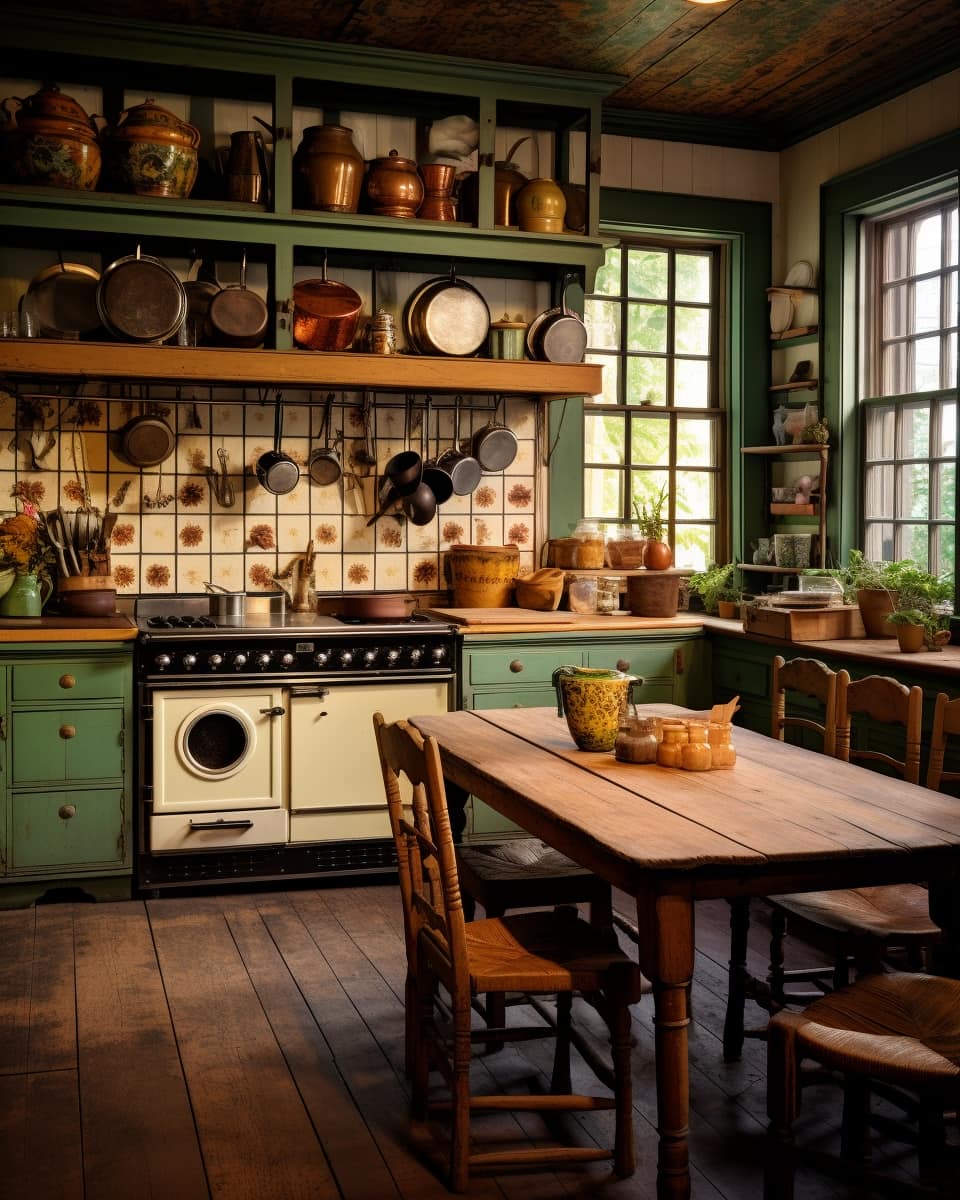
Depreciation and Capital Expenses
Depreciation plays a significant role in determining the classification of appliances as capital expenses. When an appliance is purchased for business use, it is considered a capital expense, meaning it is a long-term asset that provides future economic benefits. However, the cost of the appliance cannot be fully deducted in the year of purchase. Instead, it must be depreciated over its useful life.
The depreciation calculation takes into account factors such as the appliance’s initial cost, estimated useful life, and salvage value. By depreciating the appliance over time, businesses can spread out the cost and receive tax deductions each year. This allows them to accurately reflect the appliance’s decreasing value and accurately report their financial position to stakeholders.
Depreciation calculation: Businesses must carefully calculate the depreciation of appliances to accurately reflect their decreasing value over time.
Tax deductions: Depreciation allows businesses to receive tax deductions each year, reducing their overall tax burden.

Financial reporting: Properly depreciating appliances helps businesses accurately report their financial position to stakeholders, providing transparency and trust.
Accounting Treatment of Appliances
The accounting treatment of appliances involves the proper classification and identification of their financial impact. According to accounting principles, appliances are considered tangible assets and are typically classified as property, plant, and equipment (PP&E) on the financial statements. This means that their costs are recorded as a capital expense and are depreciated over their useful lives.
The depreciation expense is then recognized on the income statement, which reduces the net income and reflects the wear and tear of the appliances over time. Proper accounting treatment ensures that the financial statements accurately reflect the value and usage of appliances in the business.
It also enables businesses to track the cost of appliances and plan for their replacement or maintenance.
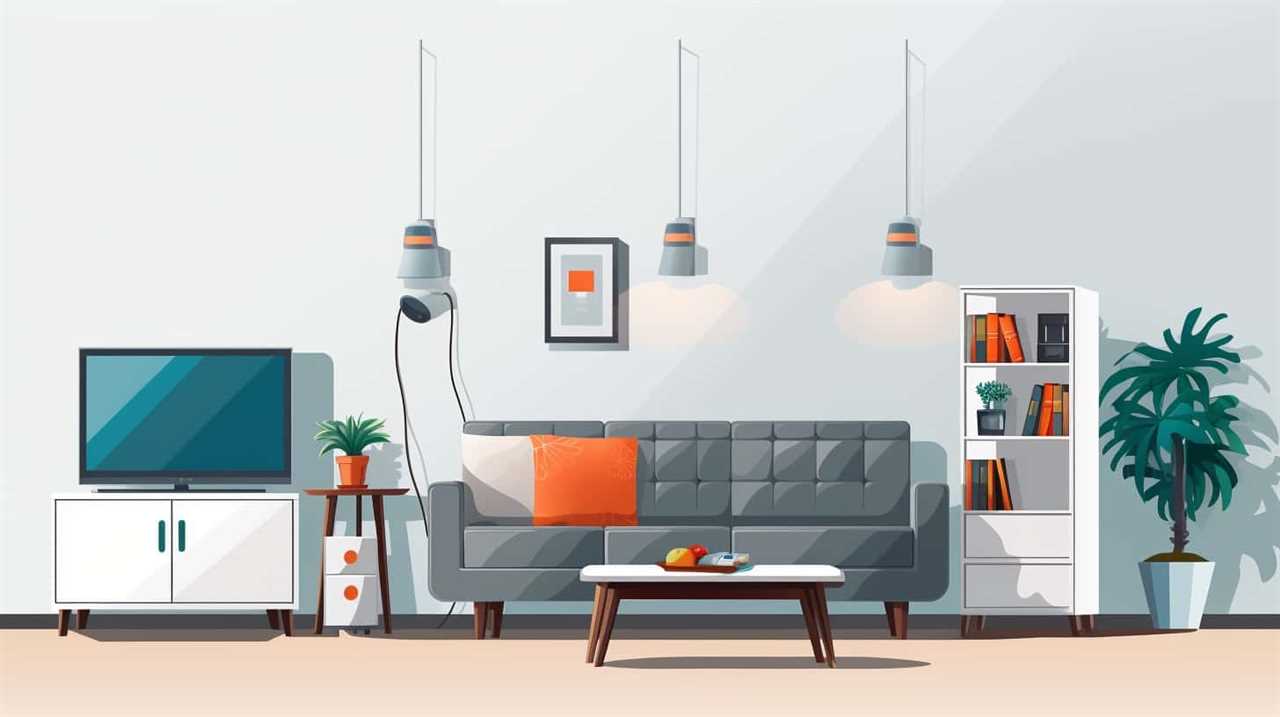
Tax Implications of Capital Expenses
When considering the tax implications of capital expenses, businesses must be aware of the impact on their financial statements and tax liabilities. These tax implications play a crucial role in the decision-making process for businesses.
Here are three key points to consider:
- Depreciation: Capital expenses are typically depreciated over a period of time, which can result in tax deductions and reduce the taxable income for the business.
- Tax credits: Certain capital expenses may qualify for tax credits, which can further reduce the tax liability of the business.
- Timing of deductions: Businesses need to carefully consider the timing of capital expenses as it can affect the timing of tax deductions. Accelerating or delaying capital expenses can have different tax implications.
Understanding the tax implications of capital expenses is essential for businesses to make informed decisions that can optimize their tax liabilities and financial performance.
Long-term Benefits of Appliances
When considering the long-term benefits of appliances, several key points come to mind.
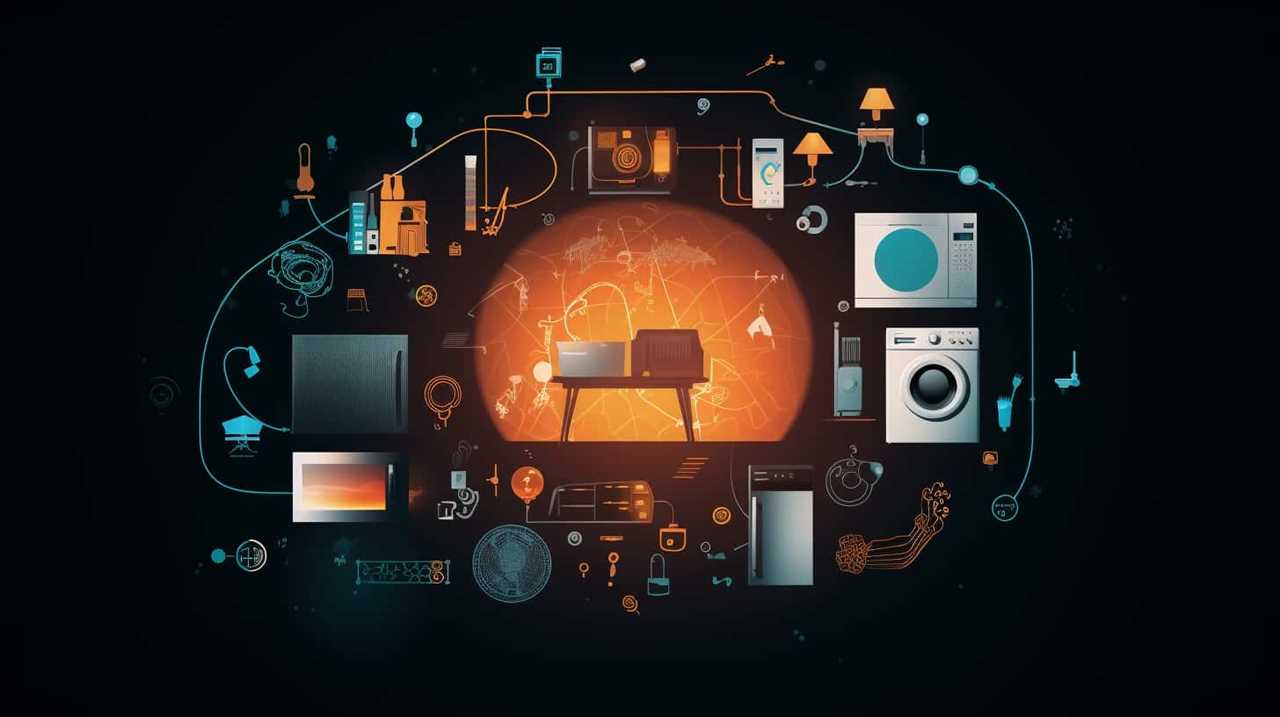
Firstly, the cost versus savings aspect is important, as investing in energy-efficient appliances can lead to significant savings on utility bills over time.
Additionally, these appliances often come with energy efficiency advantages, helping to reduce environmental impact.
Lastly, upgrading appliances can increase the value of a home, making it a worthwhile capital expense in the long run.
Cost Vs. Savings
Maximizing long-term savings is a key consideration when assessing the cost-effectiveness of appliances as a capital expense. While the upfront cost of purchasing appliances may seem significant, the long-term benefits can outweigh the initial investment. Here are three reasons why:
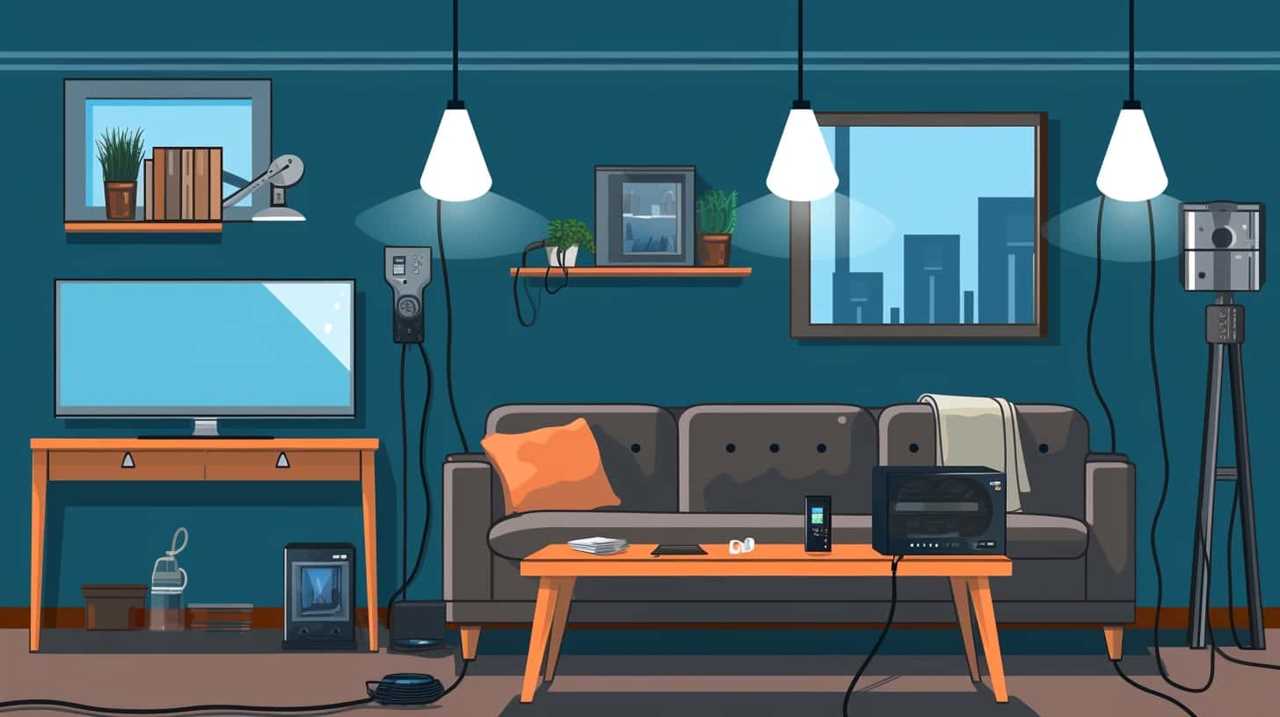
- Energy Efficiency: Energy-efficient appliances can significantly reduce utility bills over time. By choosing appliances with high energy ratings, homeowners can save on electricity costs and reduce their environmental impact.
- Maintenance and Repair Savings: Investing in reliable appliances can lead to lower maintenance and repair expenses. High-quality appliances are less likely to break down, resulting in fewer repair costs and longer lifespans.
- Increased Resale Value: Modern and energy-efficient appliances can increase the resale value of a property. Homebuyers often prioritize homes with updated appliances, allowing homeowners to recoup a portion of their investment when selling.
Considering these factors, it becomes clear that the long-term savings from appliances can justify the initial cost. By conducting a cost comparison and considering the payback period, individuals can make informed decisions about the cost-effectiveness of appliances as a capital expense.
Energy Efficiency Advantages
Appliances offer long-term benefits through their energy efficiency advantages. By investing in energy-efficient appliances, consumers can enjoy significant energy savings over time. These appliances are designed to use less energy, thereby reducing utility bills and lowering overall energy consumption. Not only do energy-efficient appliances help save money, but they also have a positive environmental impact. By consuming less energy, they reduce greenhouse gas emissions and contribute to a more sustainable future. To illustrate the energy savings potential, consider the following table showcasing the average annual energy consumption and cost for a standard appliance compared to an energy-efficient one:
| Appliance | Energy Consumption (kWh/year) | Cost (per year) |
|---|---|---|
| Standard | 500 | $100 |
| Energy-Efficient | 300 | $60 |
Investing in energy-efficient appliances not only leads to long-term cost savings but also helps protect the environment by reducing energy consumption and its associated greenhouse gas emissions.
Increased Home Value
Investing in high-quality appliances can significantly enhance the long-term value of a home. Homeowners who prioritize the quality and functionality of their appliances can expect to enjoy increased home value and reap the long-term benefits. Consider the following:

- Improved aesthetics: Upgrading to modern and sleek appliances can instantly elevate the appearance of a home, making it more appealing to potential buyers.
- Enhanced functionality: High-quality appliances offer advanced features and technologies that improve efficiency and convenience, making daily tasks easier and more enjoyable for homeowners.
- Energy efficiency: Energy-efficient appliances not only reduce utility bills but also contribute to a greener environment, which is an increasingly important consideration for homebuyers.
By investing in appliances that enhance the overall value and appeal of a home, homeowners can ensure long-term benefits and a higher return on their investment.
Now, let’s explore the factors to consider in categorizing appliances.
Factors to Consider in Categorizing Appliances
Considerations for Classifying Appliances into Different Categories
When categorizing appliances, several factors need to be considered. These factors help determine whether an appliance should be classified as a capital expense or an operating expense.
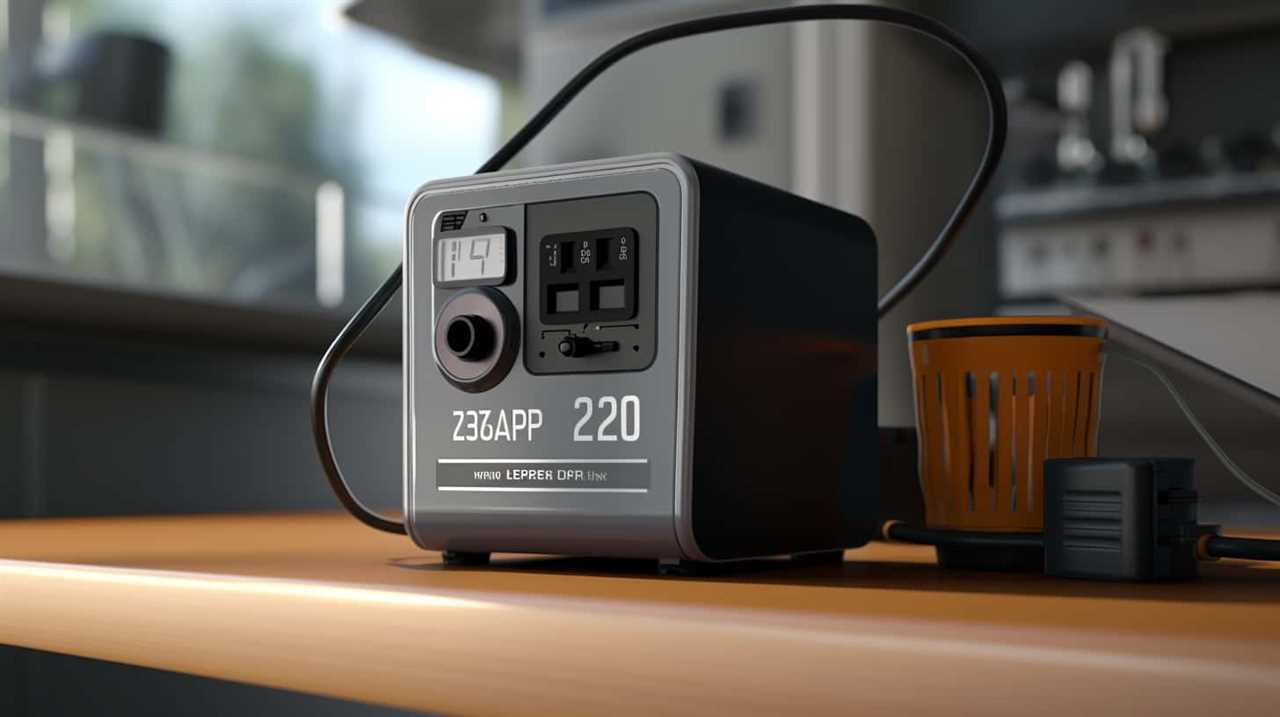
One factor to consider is the lifespan of the appliance. Appliances with a longer lifespan, such as refrigerators or dishwashers, are more likely to be categorized as capital expenses.
Another factor is the cost of the appliance. Higher-priced appliances are typically classified as capital expenses, while lower-cost appliances may be treated as operating expenses.
Additionally, the necessity and frequency of use play a role in categorizing appliances. Appliances that are essential for daily operations, like ovens or washing machines, are more likely to be considered capital expenses.
Understanding these factors is crucial in accurately categorizing appliances into the appropriate expense category.

Capital Expense Vs Operating Expense
One important aspect to consider when categorizing appliances is the distinction between capital expenses and operating expenses. Understanding the difference between these two types of expenses is crucial for businesses as it affects their financial statements, tax deductions, and overall profitability.
Here are three key points to consider:
- Capital expenses refer to the costs incurred for acquiring or improving assets that provide long-term benefits to the business. These expenses are typically large in nature and are depreciated over their useful life using various depreciation methods.
- Operating expenses, on the other hand, are the day-to-day costs of running a business. These expenses are deducted fully in the year they are incurred and do not have a long-term benefit.
- The classification of an appliance as a capital or operating expense depends on its intended use and the specific guidelines set by tax authorities.
Understanding the distinction between capital and operating expenses is essential for businesses to accurately track their costs and maximize their tax deductions.
Evaluating ROI for Appliance Purchases
When evaluating the return on investment (ROI) for appliance purchases, businesses must carefully analyze the long-term benefits and costs associated with the acquisition and usage of these assets, while considering their classification as capital or operating expenses.

To assist in this evaluation process, businesses can consider two key factors: evaluating efficiency standards and comparing appliance brands.
By assessing the energy efficiency ratings and performance of different appliances, businesses can determine their potential for cost savings over time.
Additionally, comparing appliance brands allows businesses to consider factors such as reliability, warranty terms, and customer reviews. This information helps businesses make informed decisions and choose appliances that offer the best ROI.
Considering these aspects ensures that businesses make wise investments that align with their long-term goals.
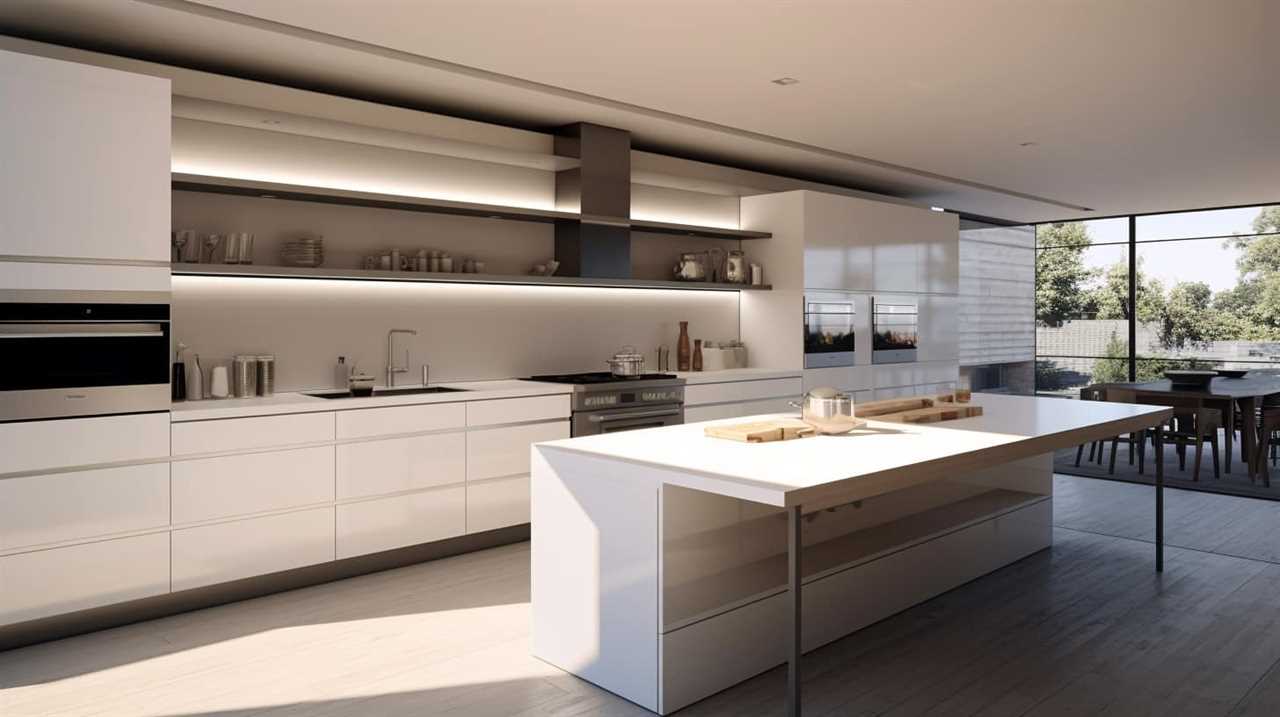
Moving forward, it is essential to explore financing options for capital expenses in order to further optimize the ROI for appliance purchases.
Financing Options for Capital Expenses
Businesses have several financing options available to cover the capital expenses associated with appliance purchases. These options provide flexibility in managing cash flow and can have different accounting treatments.
Here are three financing options to consider:
- Bank loans: Obtaining a loan from a bank allows businesses to finance their appliance purchases upfront and repay the loan over a specified period. This option provides the advantage of fixed interest rates and predictable repayment schedules.
- Leasing: Leasing appliances allows businesses to use them without incurring the full cost of ownership. Lease payments are treated as operating expenses and can be deducted from taxable income. Leasing also provides the flexibility to upgrade appliances as technology advances.
- Equipment financing: This option involves obtaining a loan specifically for purchasing equipment, including appliances. It typically requires a down payment and has fixed interest rates. Equipment financing is beneficial for businesses looking to own the appliances outright while spreading the cost over time.
These financing options provide businesses with different alternatives to fund their capital expenses while considering the appropriate accounting treatment.
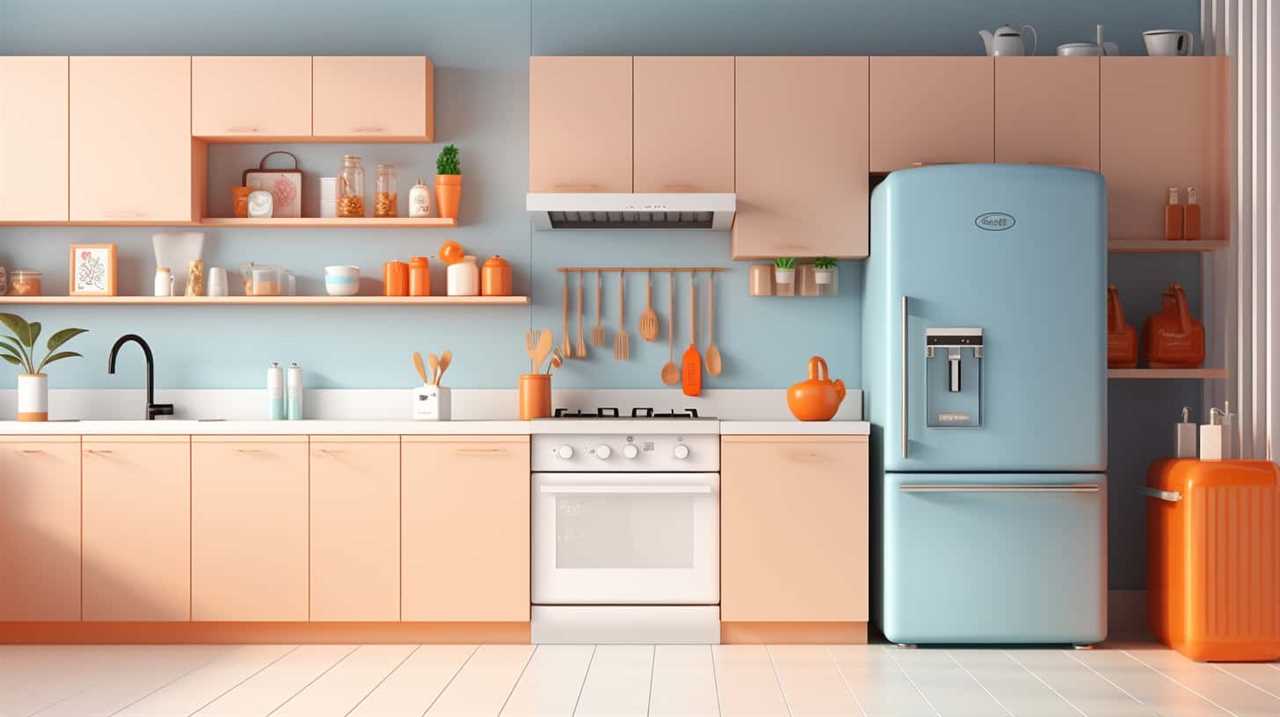
Conclusion and Decision-making Process
To make a well-informed decision regarding the classification of appliances as a capital expense, it is essential to carefully consider the financial implications and long-term benefits.
The decision-making process involves evaluating the return on investment (ROI) and weighing it against the costs associated with purchasing and maintaining the appliances. The ROI can be calculated by comparing the expected financial gains from the appliances, such as increased productivity or energy savings, to the initial investment and ongoing expenses.
Additionally, factors such as the expected lifespan of the appliances, their potential for obsolescence, and the impact on operational efficiency should be taken into account.
Frequently Asked Questions
How Often Should Appliances Be Replaced?
The frequency of appliance replacement depends on various factors such as usage, maintenance, and quality. Signs that it’s time to replace an appliance include frequent breakdowns, inefficiency, and outdated technology.

Are There Any Tax Incentives for Purchasing Appliances as Capital Expenses?
Tax deductions may be available for purchasing energy efficient appliances as capital expenses. For example, the government offers tax credits for certain appliances that meet specified energy efficiency requirements, encouraging consumers to invest in environmentally friendly options.
What Are the Potential Drawbacks of Categorizing Appliances as Capital Expenses?
Potential disadvantages of categorizing appliances as capital expenses include increased upfront costs, longer depreciation periods, and limited tax benefits. This decision can have significant financial implications and should be carefully evaluated based on individual circumstances.
Can Appliances Be Considered Both Capital and Operating Expenses?
Appliances can be considered both capital and operating expenses, depending on their specific use and the accounting treatment. Appliances that have a long-term useful life and are subject to depreciation are often classified as capital expenses.
How Do Financing Options for Capital Expenses Affect the Decision to Categorize Appliances as Capital Expenses?
Financing options for capital expenses can impact the decision to categorize appliances as such. Considering the cost, expected lifespan, and financing terms can help determine whether appliances should be classified as capital expenses or operating expenses.
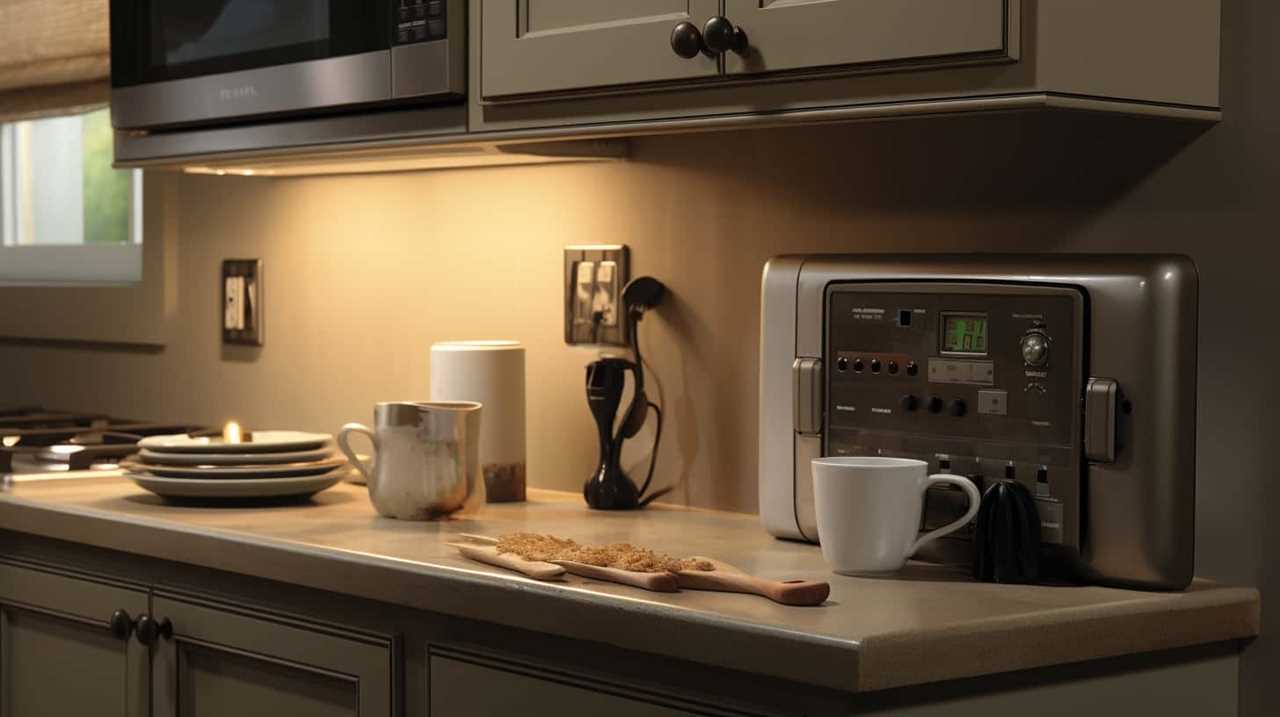
Are Appliances Considered a Capital Expense in Construction Projects?
When it comes to construction projects, appliances are often considered a capital expense. This means that the cost of purchasing and installing appliances in construction loan may be included in the overall budget for the project. It’s important to carefully consider the financial implications of including appliances in a construction loan.
Conclusion
In conclusion, appliances can be considered capital expenses due to their characteristics of long-term usefulness and ability to generate future economic benefits.
Just like a sturdy ship that sails through rough waters, capital expenses provide stability and longevity to a business, allowing it to navigate the challenging seas of the market.
By accurately accounting for and evaluating the return on investment for appliance purchases, businesses can make informed decisions and ensure the efficient allocation of resources.
